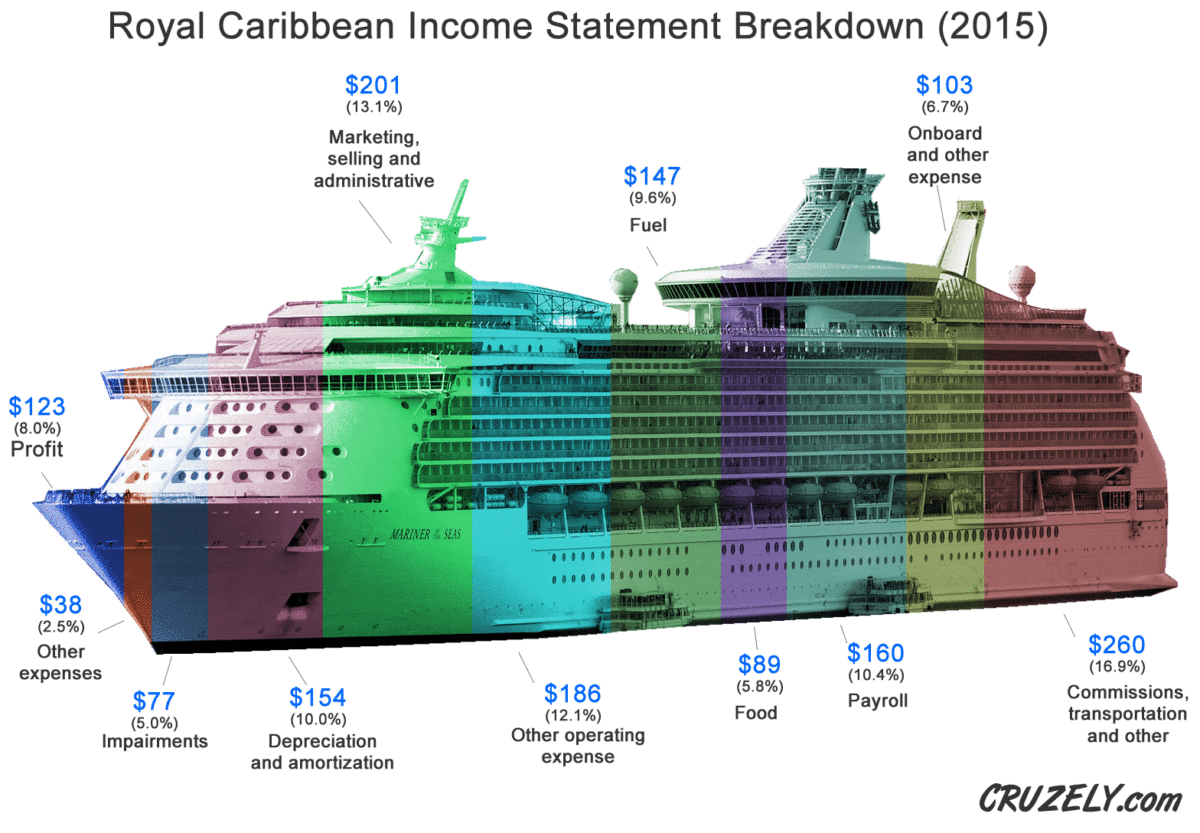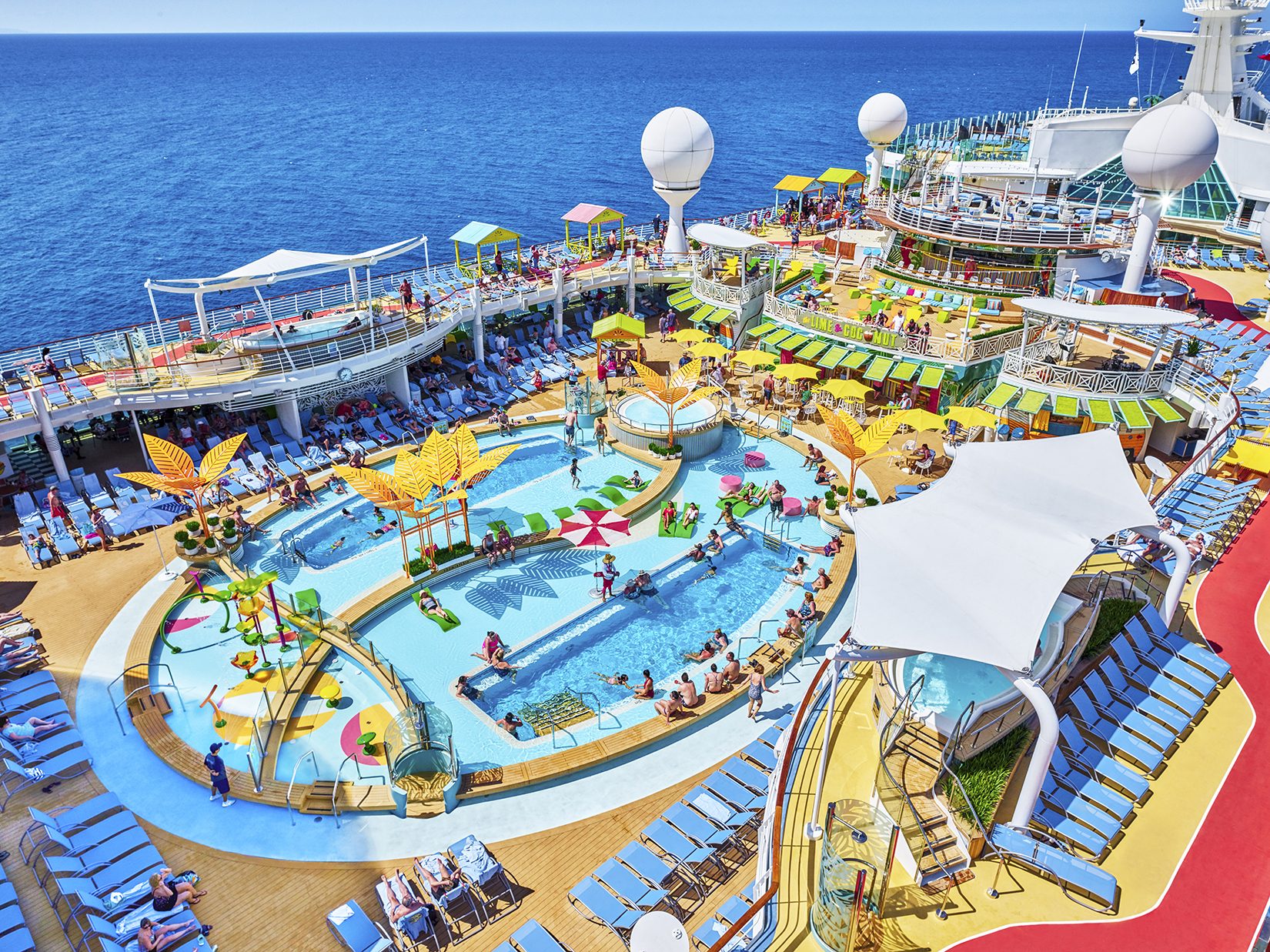Table Of Content

Therefore, ships often adjust their cruising speed based on the distance they need to cover and the specific time constraints of the itinerary. One of the main factors that determine the speed of a cruise ship is the power of its engines. Cruise ships are powered by diesel reciprocating engines, which supply the necessary power to turn the propeller shafts that propel the ship through the water. The more horsepower the engines have, the more power they can generate, and the faster the ship can travel.
Cruise Line Top Speeds
If there’s a storm in the area, the captain might choose to sail faster or slower than a normal pace to ensure smooth sailings. Depending on your vantage point, it could feel like you are sailing at a very fast speed onboard a cruise ship, gliding through the endless blue sea. A cruise ship can typically reach a speed of around 30 knots, about two to three knots higher than its cruising speed, but it’s not likely to go that fast. Cruise ships rarely hit top speed and will usually only do so if necessary. Keep in mind that this is the average speed, not the fastest speed the ship can travel. There are also a number of factors that impact travel speed, but we’ll get to that in a moment.
Passenger Comfort
Deciding which is the fastest cruise ship depends on your definition of a cruise ship. Small passenger ships and ocean liners are the fastest, but these aren’t technically cruise ships. Smaller ships can go faster because they carry less weight, while ocean liners are designed to be more aerodynamic.

How do cruise ships maintain their speed?
Therefore, larger ships tend to have a slower cruising speed compared to smaller vessels. It’s important to note that these are general guidelines, and actual cruise ship speeds can vary depending on the factors mentioned earlier. Additionally, cruise lines may adjust speeds to accommodate various operational considerations such as fuel efficiency, scheduling, and passenger comfort. Innovations in hull design and propulsion systems have reduced friction, increasing newer cruise ships’ speed. This benefits passengers by getting them to their destinations faster, providing more time to explore and experience the freedom of the open sea.
These days, however, people prefer to cruise at a more leisurely pace and call at several destinations during the voyage. This actually makes much more sense than statute miles, which are based on 1,000 times the length of two strides. That’s 66,000 gallons every day, which creates a lot of pollution. In recent years, there has been enormous regulatory pressure to make big ships friendlier to the environment and the ocean that they sail on. Called the Dutchman’s log, this device became the standard tool for measuring speed until the 16th century. ’, I’ll be sharing my findings on the cruising industry’s speed basics, the fastest ships, and the factors that can affect a ship’s velocity.
How do cruise ships handle emergency situations while at sea?
While speed is an essential aspect of cruise ship travel, it’s important to consider the environmental impact of these vessels. The faster a ship goes, the more fuel it burns, contributing to air pollution and greenhouse gas emissions. Additionally, high-speed travel can also cause noise pollution and disturbance to marine life.
In comparison, a private motor yacht that’s 60 feet long carries up to 1,200 gallons while the Exxon Valdez holds 55 million gallons of fuel. Launched in 1969, Cunard’s Queen Elizabeth 2 faithfully toted passengers until it was decommissioned in 2008. The QE2 was intentionally built to be the world’s fastest passenger ship. This left two in reserve to allow for non-disruptive maintenance. Sometimes, ships float or idle to allow guests to enjoy scenic venues. In Hawaii, cruise ships often pause to let passengers take pictures of erupting volcanoes.
The Bottom Line: It’s Not a Race at Sea
It might not be operational, but its previous accolades make it the fastest passenger vessel currently afloat. But "knot" isn't simply a misspelled nickname for "naut" (as in nautical mile). Its origins are far more literal, according to the United States' National Ocean Service. The measurement of miles on land dates back to Roman times and is based on 1,000 paces (only counting the left foot). Nautical miles were defined much later, in 1929, and are based on degrees of latitude around the earth.
What passengers can expect on board the world's biggest cruise ship - USA TODAY
What passengers can expect on board the world's biggest cruise ship.
Posted: Fri, 26 Jan 2024 08:00:00 GMT [source]
Sometimes, ships have to slow down because of unfavorable sea conditions that cause rough water and high waves. At other times, cruise ships slow down for beautiful views of coastal cities and natural attractions such as volcanoes. Just like a car on the highway, higher speeds for ships create aerodynamic drag.
Besides being designed for maximum speed, ocean liners also have a few other key differences. Below, we answer all of your questions on speed and cruise ships. We’ll talk about the different variables that affect speed and see how cruise ships compare to other ocean-going vessels. In short, the cruising speed of a ship dramatically depends on the ship’s size and design. The ship’s structure will determine how it burns fuel and how it navigates changing ocean conditions, all of which affect its speed.
If you prefer a leisurely pace and want to spend more time in port, you may opt for a cruise on a ship that operates at slower speeds. Conversely, if you are looking to cover more ground or have limited time, a high-speed cruise ship may be more suitable for your needs. In reality, how fast cruise ships go has little to do with the time of day and more to do with fuel efficiency, weather, the ship’s schedule, and passenger comfort. The size of a cruise ship plays a significant role in determining its speed. Just like cars and boats, larger ships require more power to move through the water, which can limit their speed and range. The heavier the ship, the more force is required to accelerate it, resulting in increased fuel consumption.
No other vessel this size can cross the Atlantic as fast as Queen Mary 2. The speed at which cruise ships travel on open seas is known as ‘cruising speed’ or ‘service speed’. This speed offers the best combination of distance travelled and fuel economy.
High-speed travel can also cause noise pollution and disturbance to marine life. Cruise ships generally maintain a consistent speed throughout the day and night. However, speeds may be adjusted based on weather conditions or other factors. Cruise ship speed is not only essential for large vessels but also for smaller charter boats, such as yachts and sailboats. When planning a vacation, it’s essential to understand the speed capabilities of different types of vessels. Our guide to yacht and sailboat charters in Miami provides insight into the various options available to travelers seeking a more personalized and intimate boating experience.
Cruise ships use various propulsion systems, such as diesel-electric engines or gas turbines, to generate power and maintain their speed. These systems are designed to be efficient and reliable, ensuring that the ship can maintain a consistent speed throughout its journey. Our article on cruise ship stability provides an in-depth look at the relationship between propulsion systems and a ship’s overall stability. Additionally, it’s essential to understand the terminology used when discussing a ship’s speed.

No comments:
Post a Comment